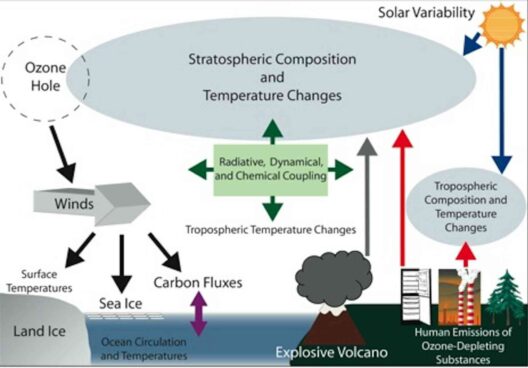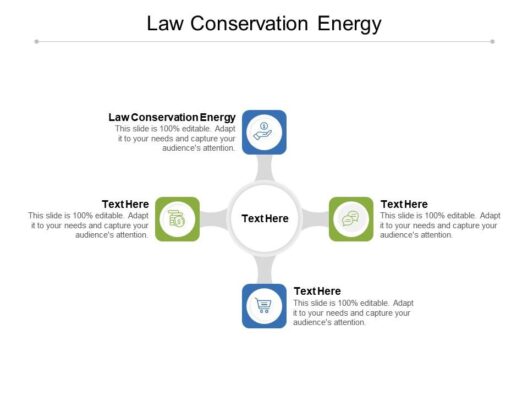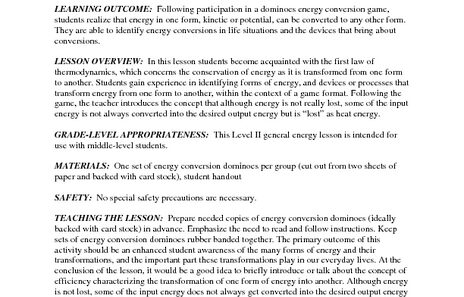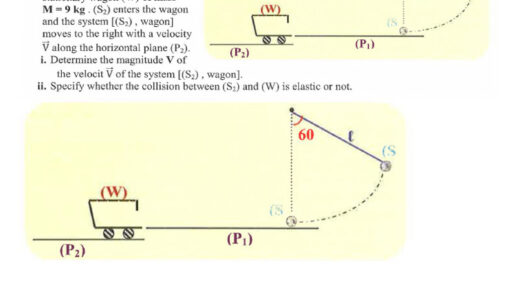Have you ever paused to ponder whether energy is conserved in the simple act of lighting a match? This seemingly mundane task raises an intriguing dichotomy within the realms of physics and everyday experience. Consider the scenario: you strike a match, the friction against the box ignites the sulfate and red phosphorus, resulting in a brief yet brilliant flame. Herein lies a conundrum: does the process of combustion conserve energy, or does it lead to an overall loss in energy availability? Let us delve deeper into the science behind this process to unravel its implications.
To tackle this question, we must first understand the fundamental principles of energy conservation as outlined by the First Law of Thermodynamics. This law states that energy cannot be created or destroyed in an isolated system; it can only change forms. When lighting a match, the chemical potential energy stored in the matchstick is transformed into thermal energy (heat) and light energy as it combusts. At this juncture, it’s critical to consider whether this transformation is efficient and where the energy ultimately resides.
The combustion of a match involves complex chemical reactions. The primary reactants — wood fibers, sulfur, and other chemicals in the match head — react with oxygen in a rapid exothermic process. While the initial ignition produces a flame, the energy conversion process is seldom perfect. Quite ironically, a significant portion of the energy is dissipated as heat, smog, or other emissions, which may escape into the environment rather than being harnessed for productive use. This inefficiency poses the hypothetical question: should we regard the act of lighting a match as a conservation of energy or as an extravagant expenditure?
Moreover, when igniting a match, one must also contemplate the broader implications exceeding the isolated event. The environmental impact of matches — often overlooked in discussions of resource consumption — reveals its own narrative. The manufacturing process of matches involves harvesting timber, which contributes to deforestation, energy usage in production, and transportation costs. This brings us to a larger lens of inquiry about the sustainability of such an act. Does the temporary flicker of light justify the toppling of trees and consumption of resources? One could argue that while the act of lighting a match spontaneously appears energy-conservative, it is intrinsically linked to a cascade of environmental ramifications.
Furthermore, let us entertain the notion of alternatives. Considering the burning match’s ephemeral glow and the emissions it produces, one might ask: could we have more energy-efficient lighting solutions? This question ignites a plethora of possibilities, ranging from traditional candles to contemporary LED bulbs. Each option carries its own merits and may embody varying degrees of energy conservation. The progress towards minimizing our environmental footprint suggests a crucial pivot towards more sustainable energy practices.
In elaborating upon the comparative basis for lighting alternatives, consider the efficiency of incandescent bulbs versus LED bulbs. Incandescent bulbs offer a familiar warmth but consume considerably more energy, transforming only about 10% of energy into visible light. Conversely, LED lighting boasts an impressive lifespan and greater efficiency, using approximately 80% less energy to produce the same luminary effect. Thus, if our ultimate goal is to consume energy conservatively and responsibly, the choice becomes unmistakable. Lighting a match might serve as a legacy of a time when energy efficiency was not prioritized, but as we look toward the future, our path is illuminated by innovation.
As we balance the notion of lighting a match versus utilizing modern technology, it is crucial to consider personal habits and societal norms. Our consistent choices have a ripple effect on energy consumption. When individuals frequently light matches for trivial reasons, perhaps this behavior is a reflection of a disposable culture that could use a shift in perspective. Could embracing energy-efficient options, such as reusable matches or rechargeable lighters, inspire a movement towards more thoughtful consumption? The challenge lies in redefining societal timelines — is the instant gratification of a match worth the long-term ecological implications?
Ultimately, while lighting a match offers an elemental thrill, aligning such actions with energy conservation principles invites deeper reflection. The laws of thermodynamics and energy transformation teach us that while energy may not disappear, its efficiency diminishes at every point of conversion. This realization urges a re-examination of our choices and behavior as custodians of the environment.
In conclusion, the inquiry into whether energy is conserved in lighting a match serves as a microcosm of a larger discussion. It urges us to reflect upon how our actions, however small, contribute to a wider narrative of energy conservation and environmental stewardship. The next time you strike a match, consider all layers of the event — the energy transformations, the environmental consequences, and, most importantly, the alternatives that beckon for our attention. Perhaps it’s time to let go of outdated methods and embrace a future illuminated by sustainability.








